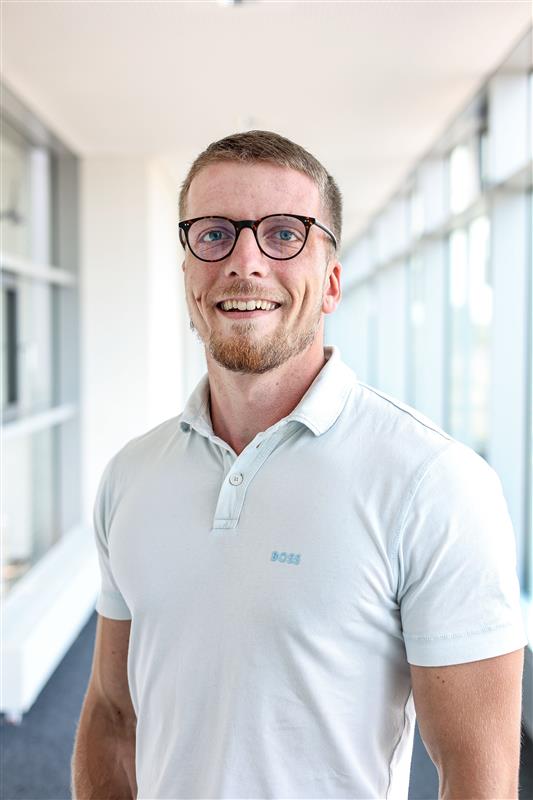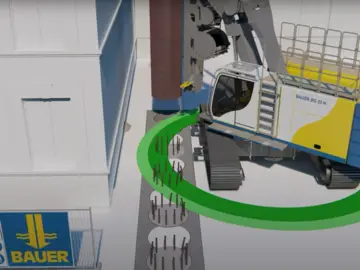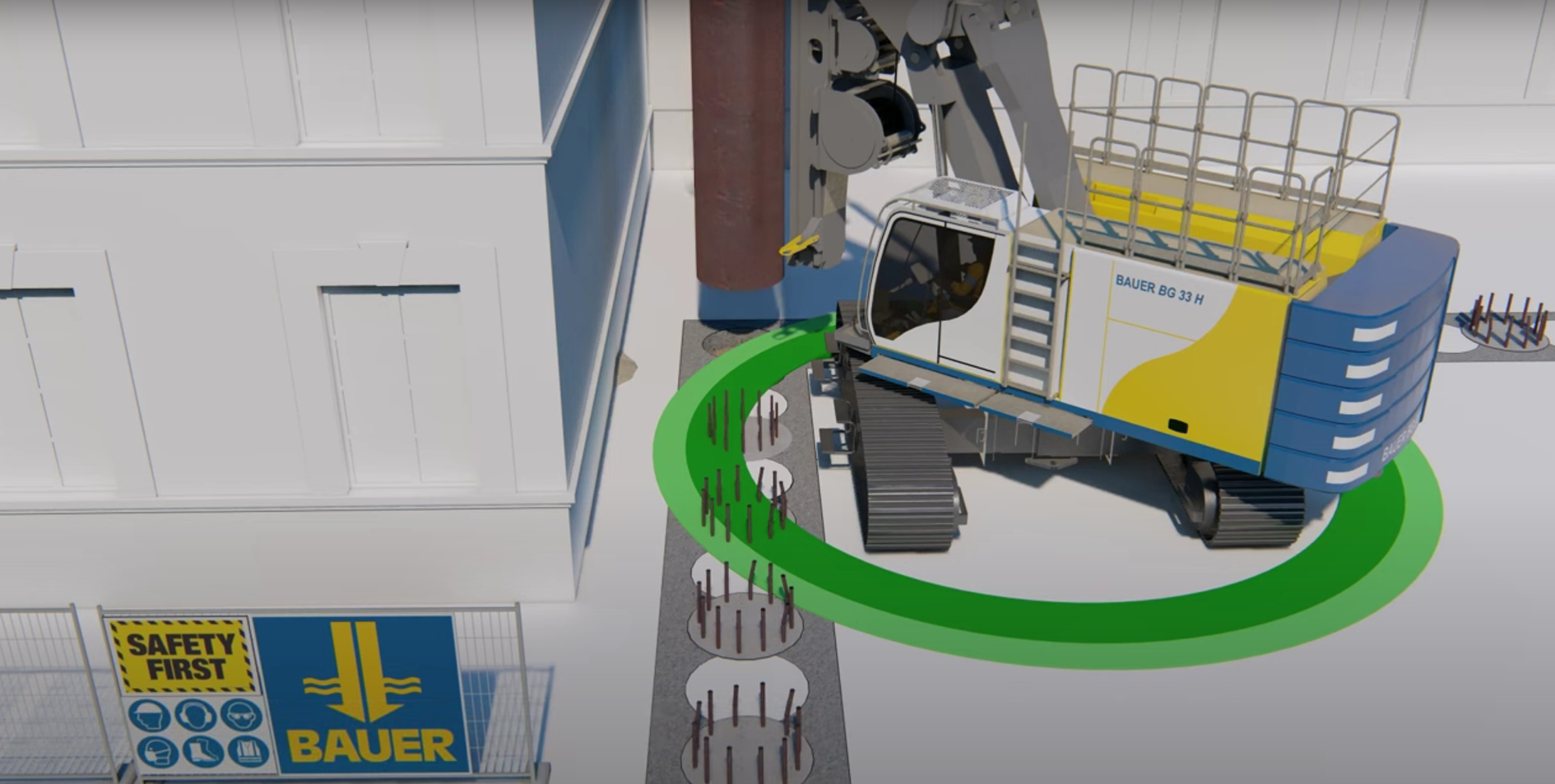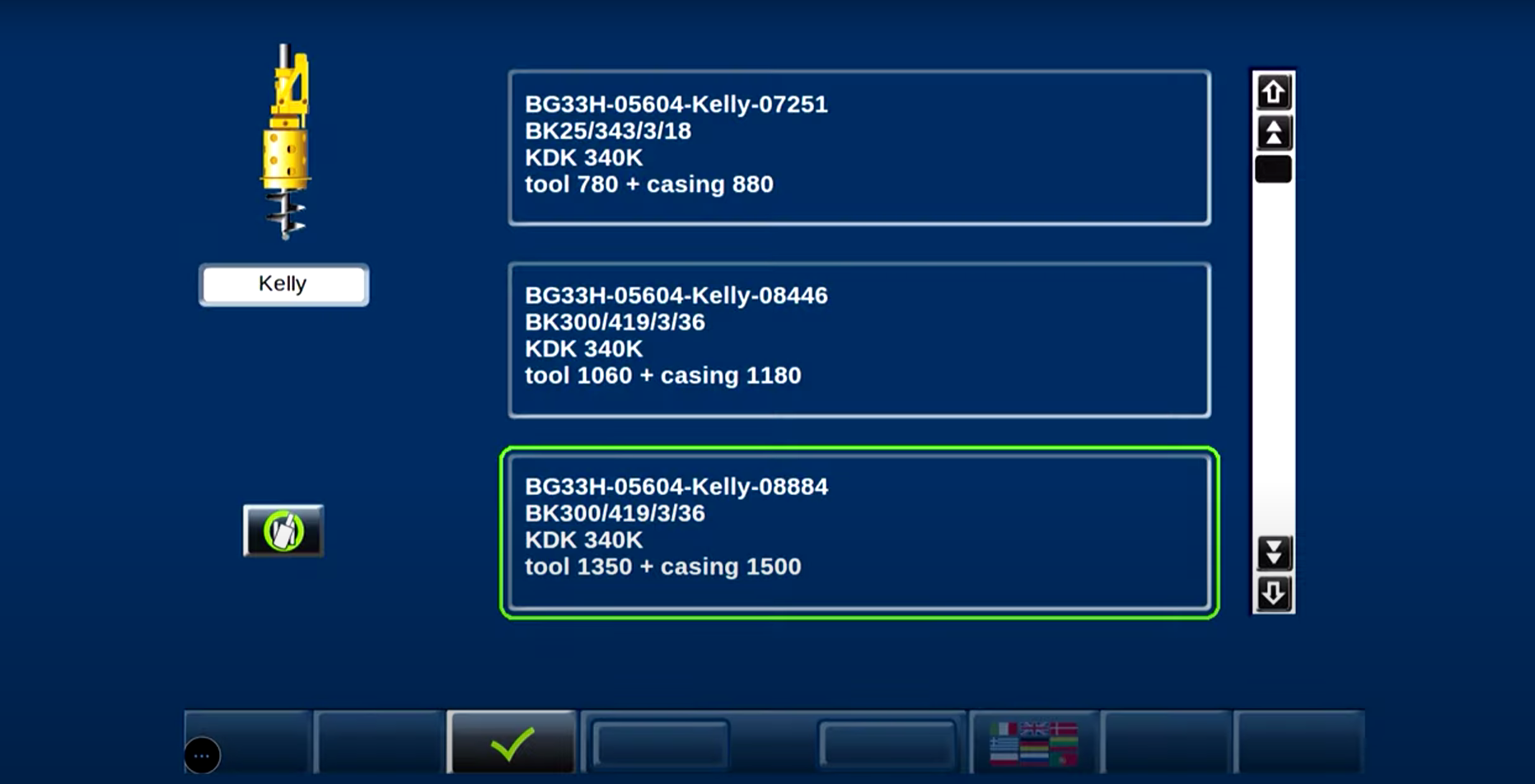Safety first! Our Stability Plus assistance system for more flexibility and safety on the construction site
NewsClick in conversation with our BG Product Manager Franz Harnisch
NC: When I read the term "Stability Plus", I assume that this assistance system has something to do with the stability of our machines. Am I right in assuming this?
FH: In essence, yes. Whereby Stability Plus does not support the stability, but enables new ranges of outreach while taking stability into account, a plus in reach, so to speak. This was a requirement that had been on the table for a long time. So we looked for a solution that would give us additional outreach and therefore flexibility on the construction site while maintaining stability.
NC: In simple terms - what is stability all about?
FH: The further the mast of a BG is "extended", the more the machine's center of gravity shifts outwards or forwards. And if you consider that heavy equipment is also attached to it on construction sites, then at some point a critical point is reached at which the machine could theoretically tip over. Especially when it rotates on its own axis during use, dynamic forces develop that massively influence its stability. Especially on sloping surfaces that are not completely level. The stability is always calculated in such a way that the machine does not tip over, taking into account all "worst case" factors.
NC: If I understand you correctly, the aim was to achieve a greater outreach for our BGs without compromising stability?
FH: Exactly. This reflects in the name suffix "Plus". To achieve this, we looked at which factors have the greatest influence on stability. And it is indeed by far the rotational speed of the upper carriage which, if it is too high, leads to dangerous momentum. To put it simply: if you reduce the speed of the upper carriage, you reduce the centrifugal forces that impair the stability of the machine. In reality, however, it is not quite as simple as it may sound. After all, there are other factors in addition to the outreach of the mast that influence the center of gravity of the machine and thus the forces generated when the upper carriage rotates. These are, of course, the mast inclination and the installed equipment with its respective weight. In combination, this results in a maximum permissible rotation speed that must not be exceeded to ensure absolute stability.
NC: But this realization isn't new, is it?
FH: Of course not! However, the slewing speed of the upper carriage was previously not adjustable - in other words, it was always slewed at three revolutions per minute and the outreach was set correspondingly low to ensure the necessary stability. This is why a Bauer BG is so agile. And now our Stability Plus assistant comes into play: thanks to it, I can give the BG more outreach, because the maximum permissible slewing speed for the corresponding outreach is automatically determined and adhered to. As soon as I reach the extended range with my outreach, the device automatically reduces the upper carriage slewing speed. In short, this enables us to offer our BGs with an extended outreach while maintaining the same level of safety. The agility in standard outreach remains untouched.
NC: That's already a huge plus point. A stability plus point, if you like. Do you see any others?
FH: Indeed! Thanks to Stability Plus, you can install several "stability files" on a BG. At the push of a button the operator can select the corresponding stability chart (and with this the optimum outreach) according to the equipment used. Without Stability Plus, you are bound to the installed software or have to have it changed by a service technician. Partially at that time the full potential of the BG rig was not used, because an equipment was programmed, which was too big and not changed after the equipment change.
NC: Okay, that sounds so abstract, you'll have to explain it to me.
FH: Of course. As I said before, safety, i.e. the unconditional stability of our machines in addition to many other aspects, has always been a top priority in the development and configuration of our machines. Now imagine a customer buys a BG because he needs it for a specific large-scale construction project. Let's assume that the BG will be used with particularly heavy equipment (long Kelly bar and big diameter tool) for this theoretical project. As we want to ensure absolute stability with our equipment, we configure the BG so that a maximum outreach of 400 mm cannot be exceeded. So far, so clear?
NC: Yes.
FH: However, the customer is now finishing the construction project and wants to use his BG on another project, for which he is using much lighter equipment. Equipment that would allow an outreach of, say, 1000 mm. However, as his BG is not programmed for this light equipment, but for heavy equipment, he can only work with an outreach of 400 mm. At least until the new stability has been reloaded by us. Thanks to Stability Plus, the customer now has the option of choosing from various pre-calculated equipment in B-Tronic in order to always have the right stability. In addition to that, we have also an upload functionality for additional stability data via DTR module and "Data to rig". If a customer buys a new drilling equipment, the new stability file is created, and now it is possible to upload it with remote access onto the rig and have it available immediately.
NC: That's really practical and saves unnecessary costs and time.
FH: Exactly. And because I just mentioned our B-Tronic control system: The Stability Plus assistant naturally also has its own dedicated display. This means that the machine operator sees not only the permissible and current upper carriage rotation speed at all times, but also the permissible winch pulling forces in the respective position. Including a warning message if more is lifted than permitted. The days of tables where I had to search for this information are now a thing of the past.
NC: Can you tell us a bit more about the development of the assistant?
FH: We have had Stability Plus in our portfolio of assistance systems for about a year and a half now. The development started the same way as with basically all assistants: We identified potential and formulate it as a solution-oriented requirement. Theories were formulated from the brainstorming process. These were subjected to long, extensive practical tests on our plant premises before we were ready to equip two test devices with Stability Plus and send them to a real construction site for actual use. This was a really great collaboration between the departments. The assistant has since become extremely popular with our customers.
NC: Thank you very much for your time and the interview.
FH: With pleasure! By the way, if you want to see a BG with Stability Plus activated in real use, I recommend you watch the following video. We filmed it when we visited our customer Wendt Grundbau GmbH on site drilling piles in the middle of Berlin.



